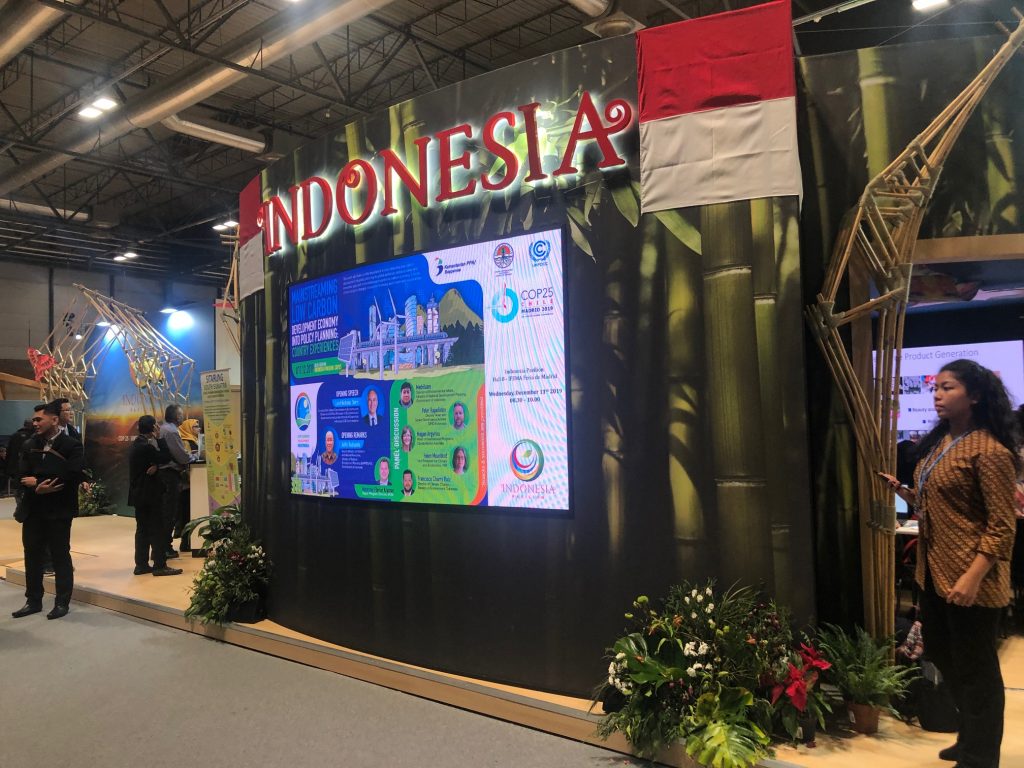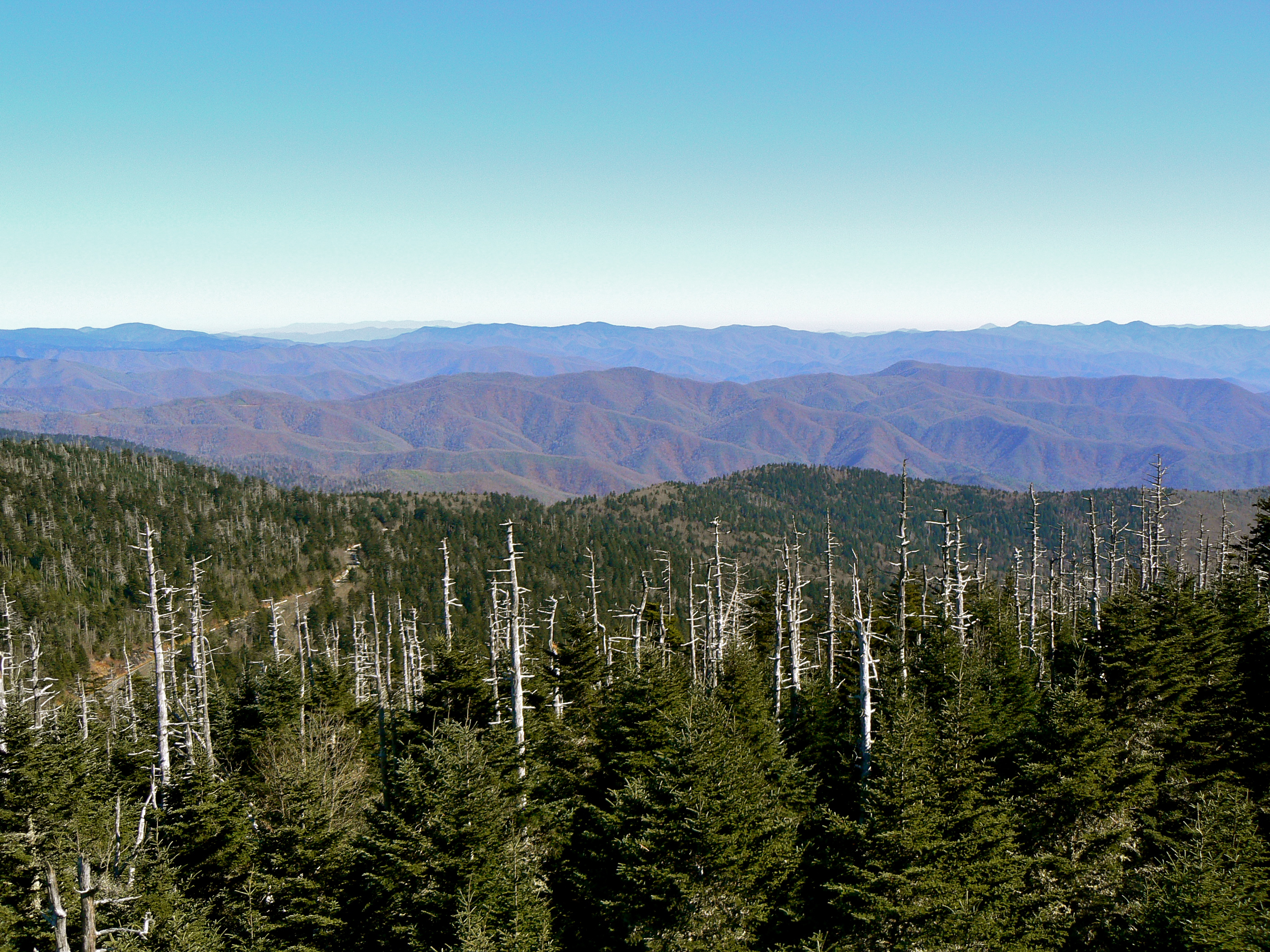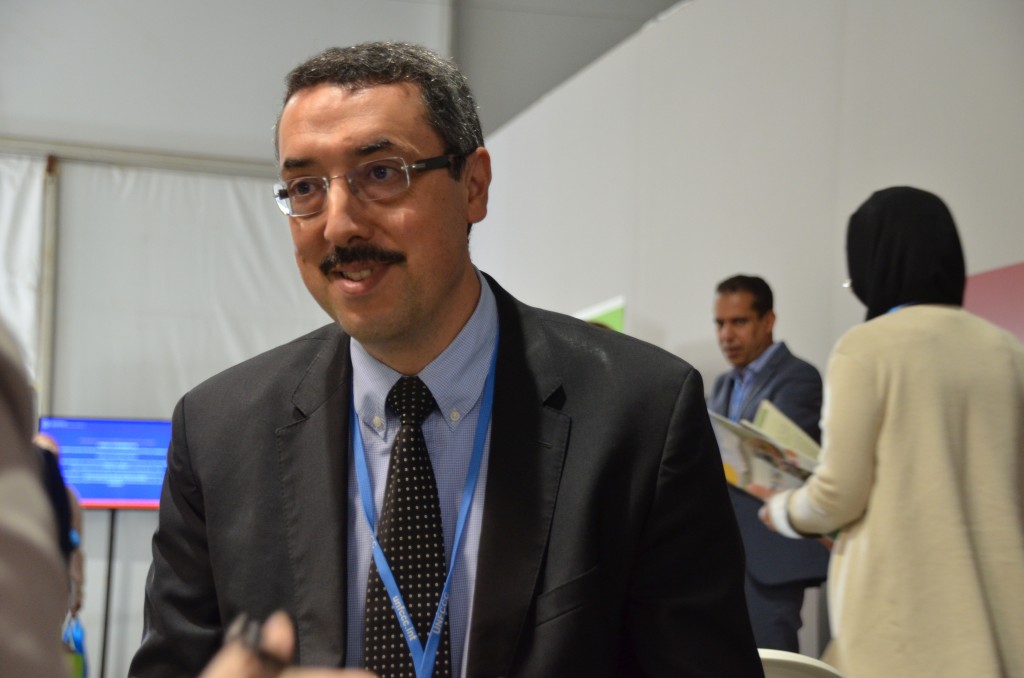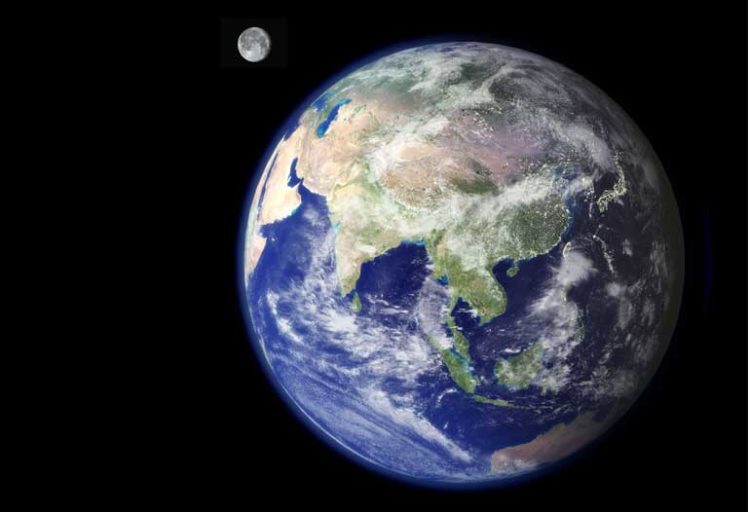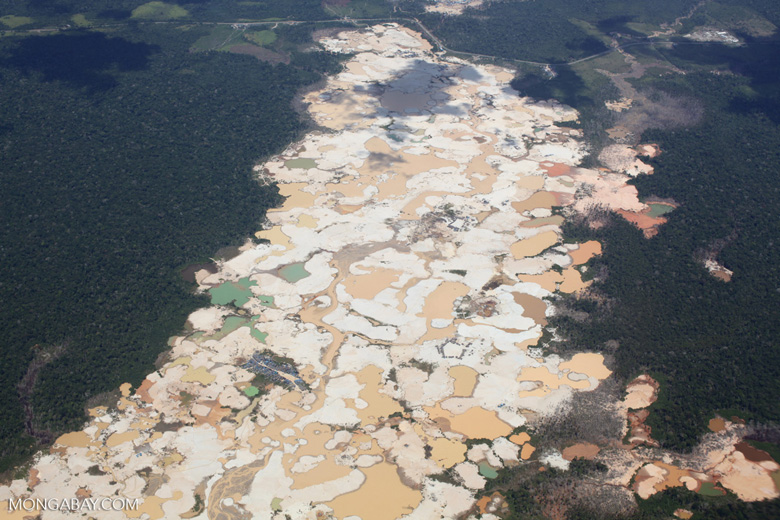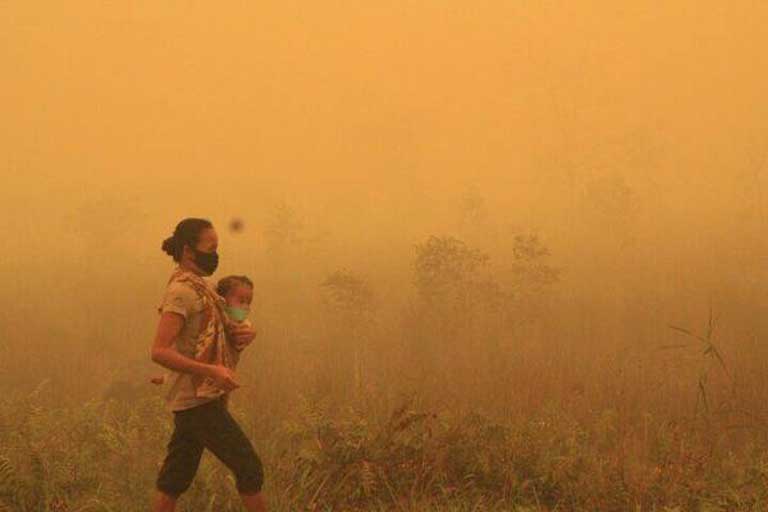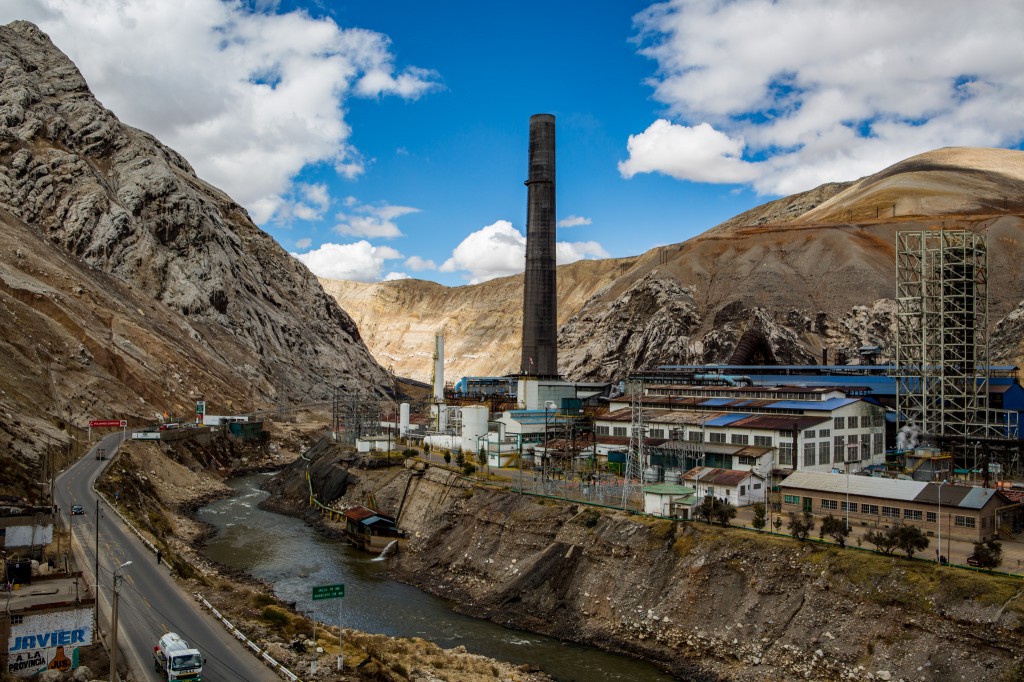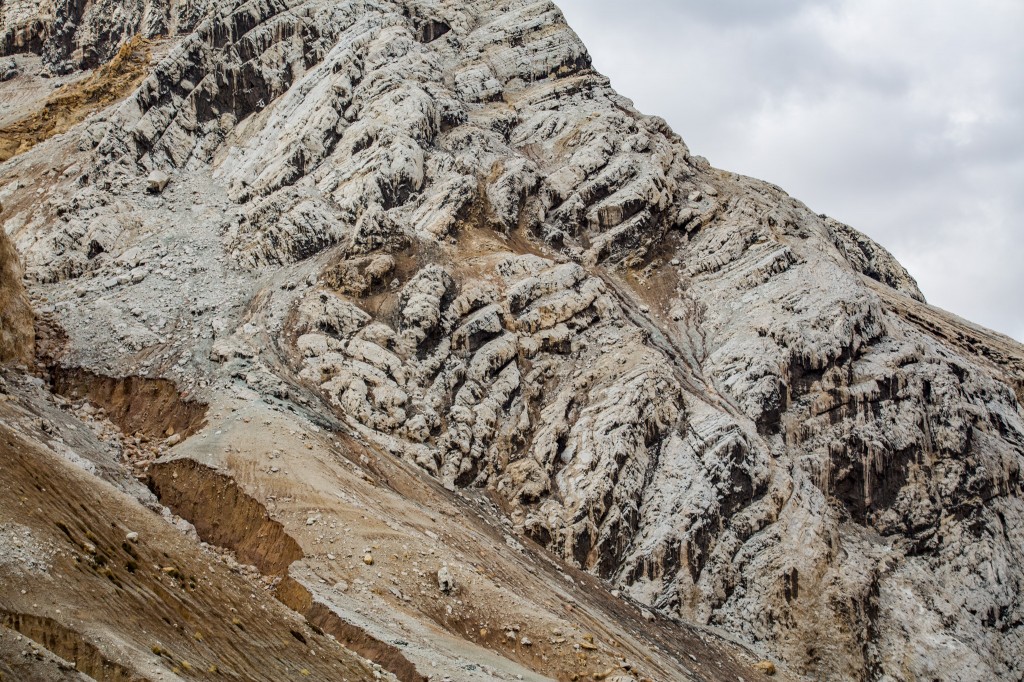
Tapanuli Orangutans (Pongo tapanuliensis): Adult male on left, and adult female on right. Batang Toru Forest, North Sumatra, Indonesia. Image by Tim Laman under Creative Commons Attribution 4.0 license.
This story here, my third of ultimately five stories from COP25 in Madrid, Spain, was truly a team effort. It also illustrates the challenge and thrill of journalism — learning a new topic from scratch, finding just the right sources you’ve never met before, working with an editor in Indonesia and one in Vermont to put together a complex and nuanced environmental story about an ecologically sensitive part of the world (North Sumatra) with an rare and endangered great ape (Tapanuli orangutan).
Thanks to Isabel Esterman, Mongabay’s Indonesian editor, and Glenn Scherer, my editor at Mongabay, for putting me on to the story, then assisting prodigiously in putting all the pieces together about an Indonesian hydroelectric company, a dam-in-the-jungle project, the Tapanulis’ habitat and a serious question over carbon emissions.
